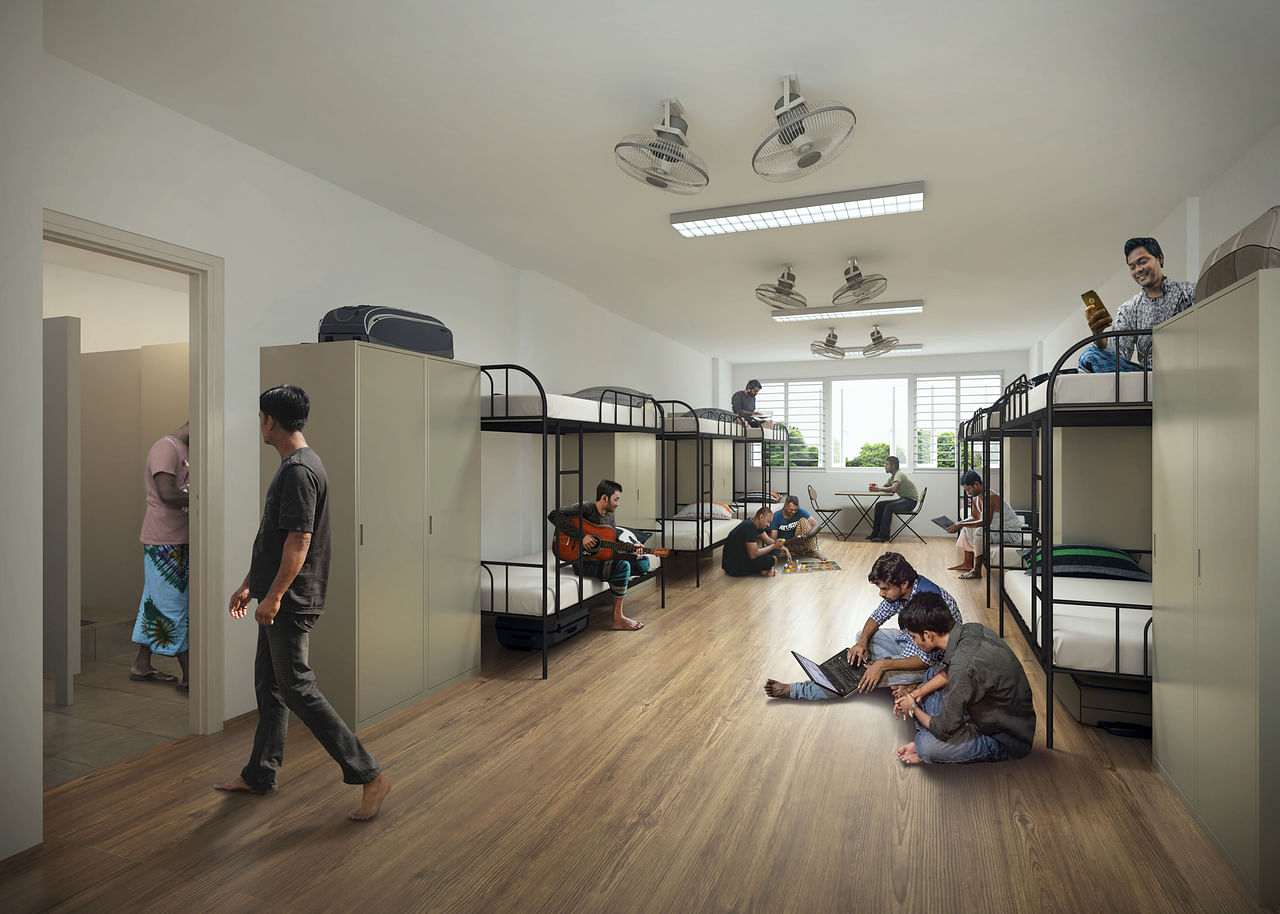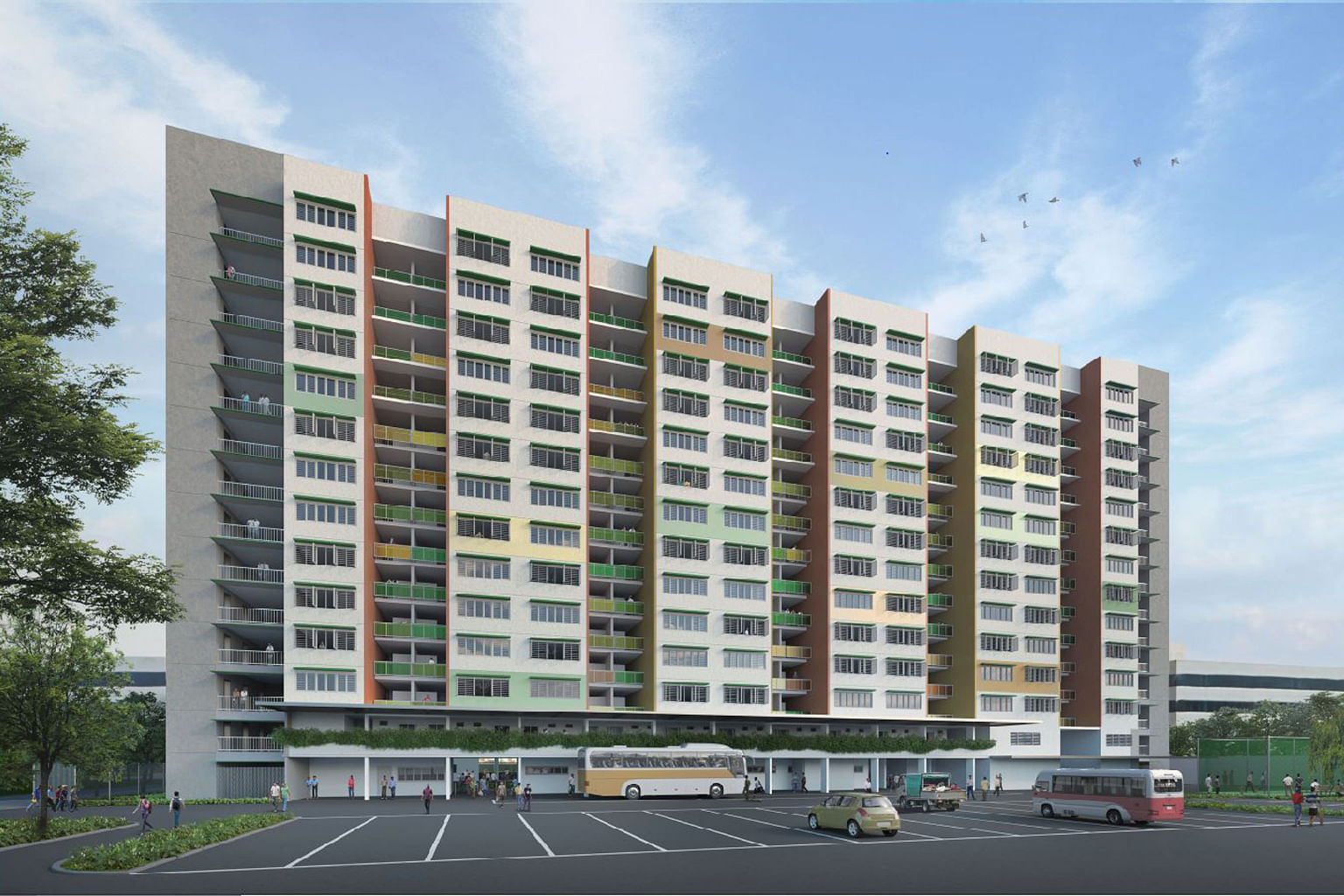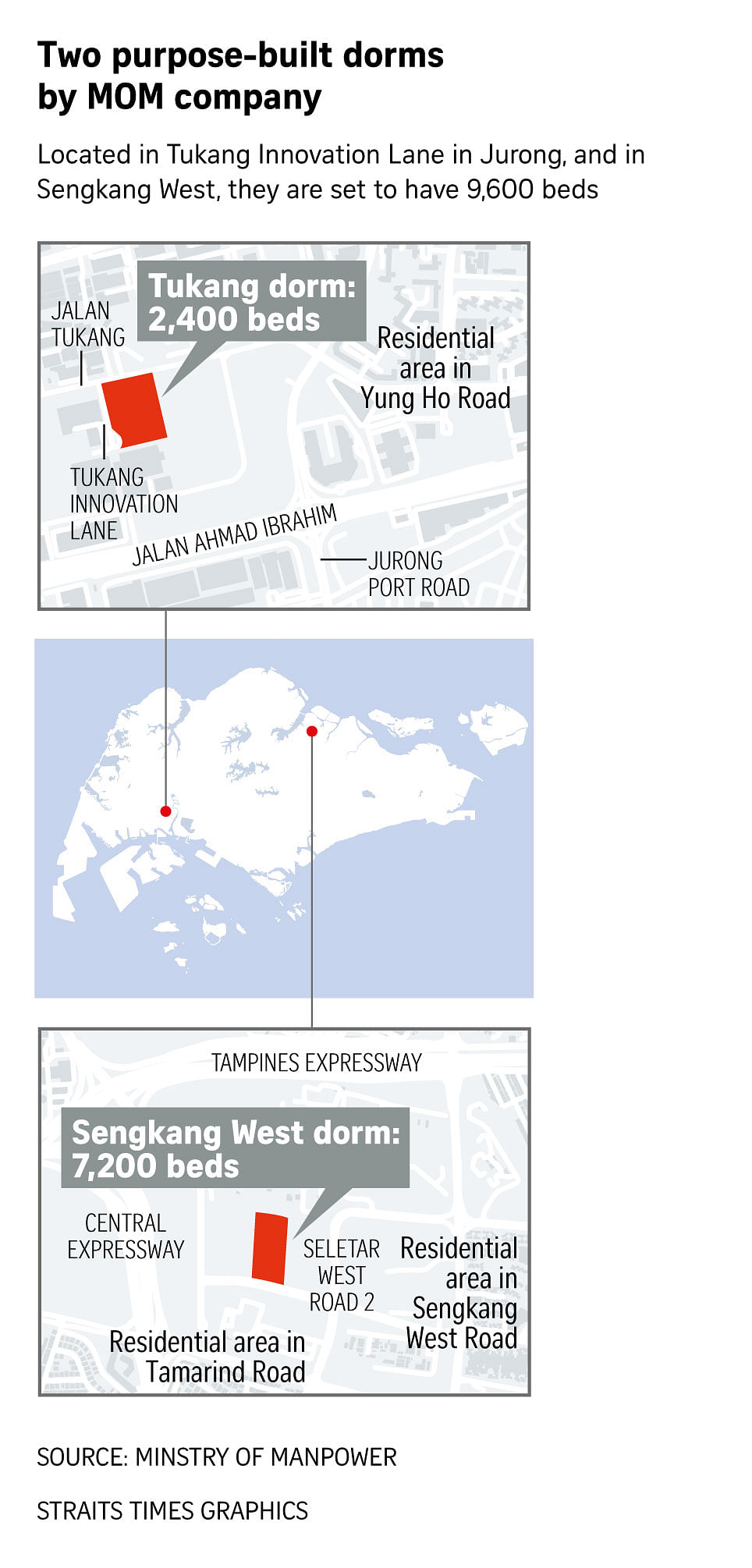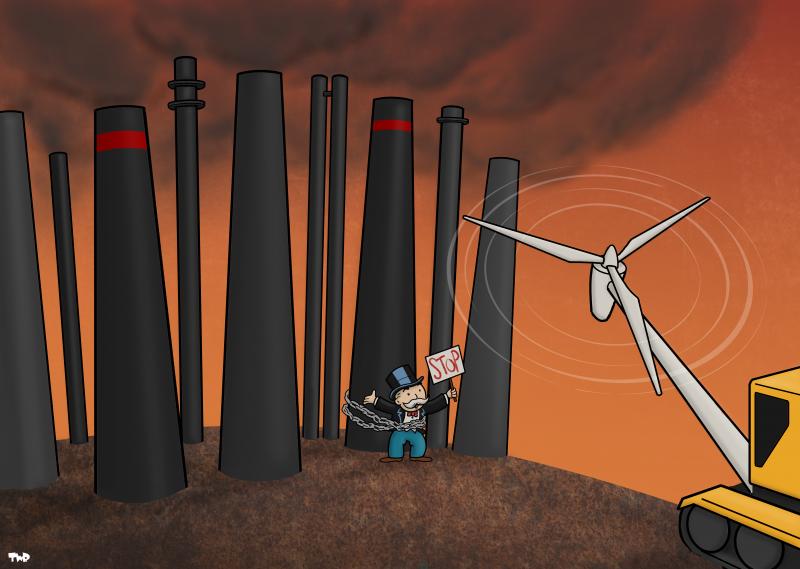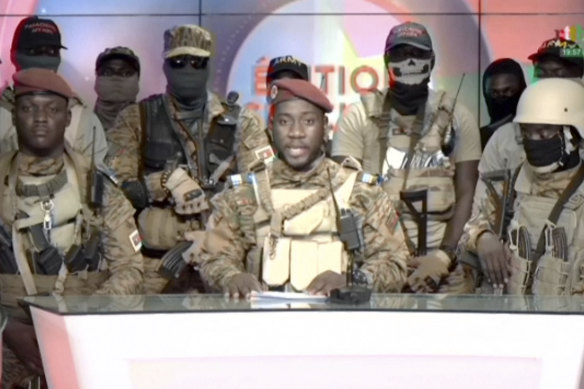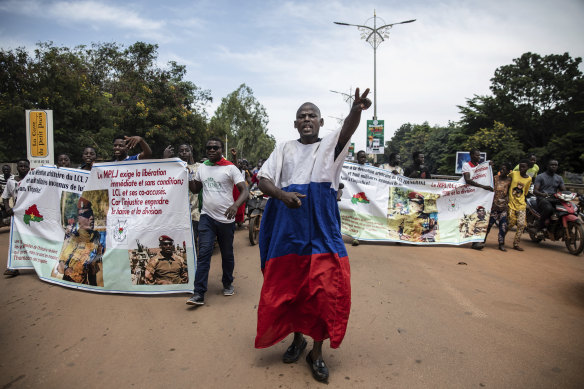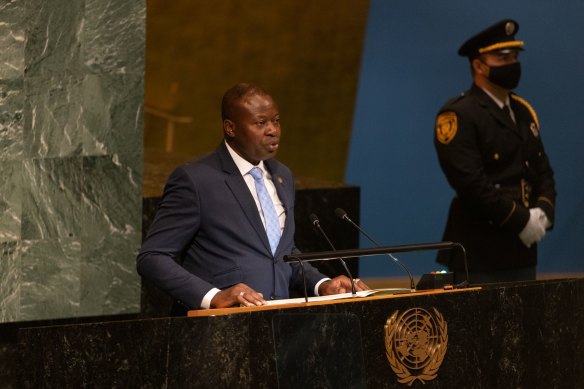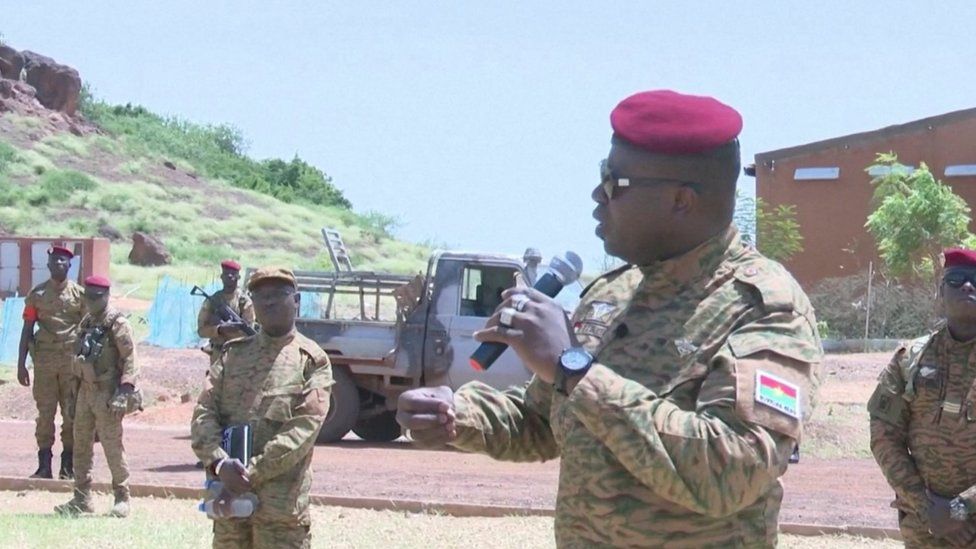Society Materials 1 October 2022

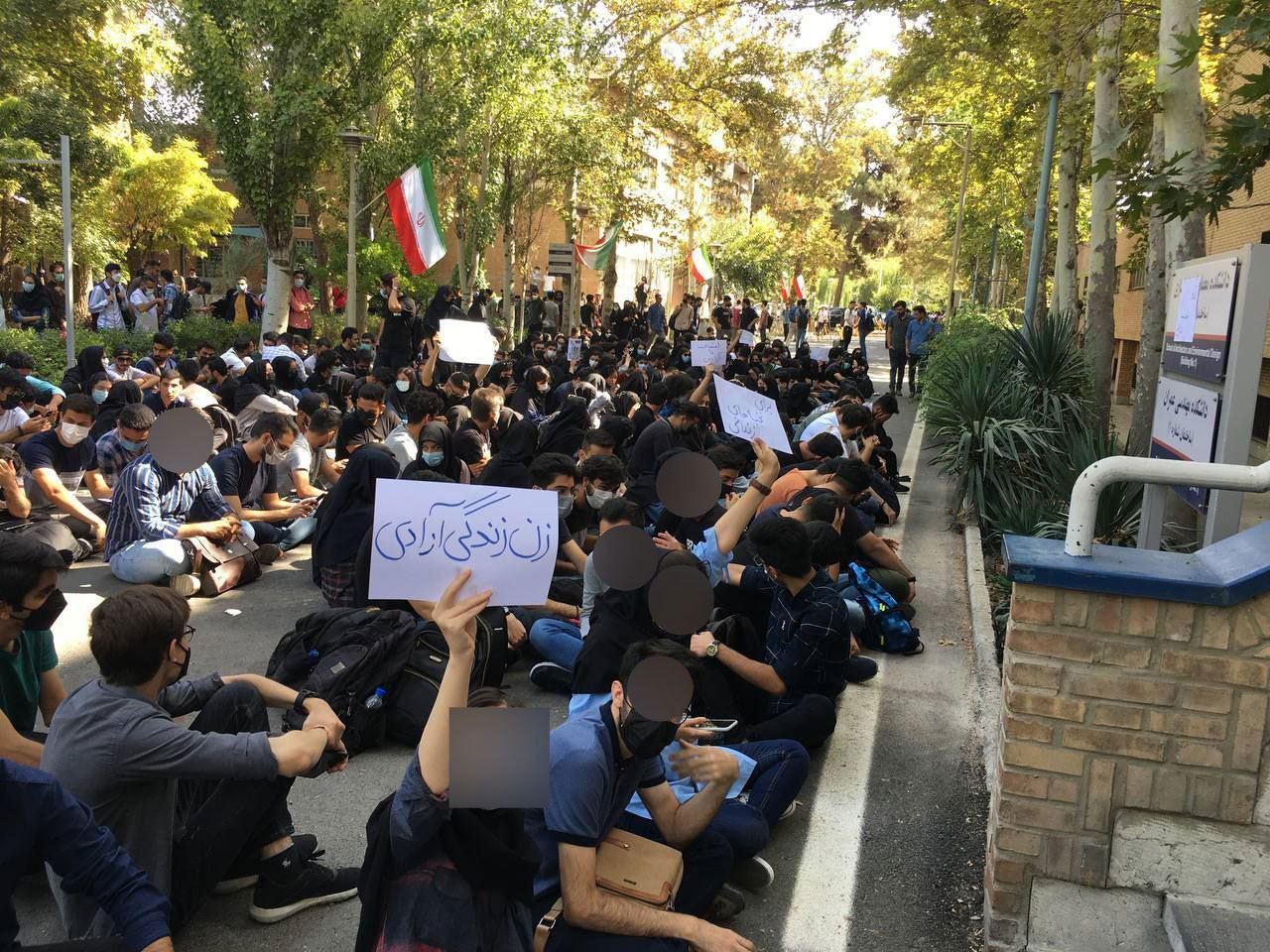
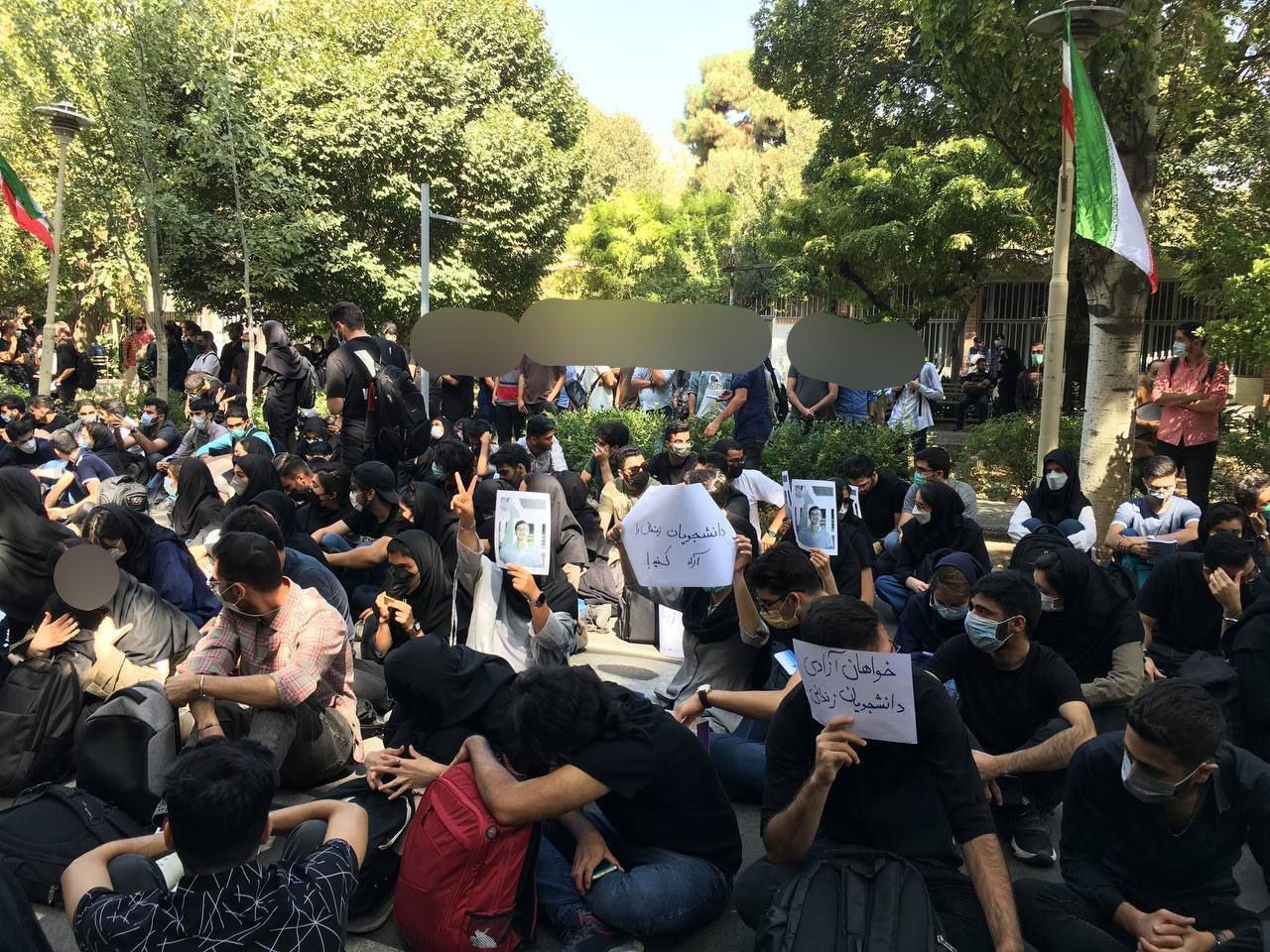
Elnur Baghishov
BAKU, Azerbaijan, October 1. The protests in Iran started a few days after the death of the Iranian woman Mahsa Amini on September 16, still continue across the country, Trend reports.
On October 1, the protests continued in many cities, including Tehran, Karaj, Isfahan, Shiraz, Mashhad.
The protest actions were mainly held in universities of the mentioned cities. The students chanted different slogans and demanded the release of the detained students.
The protests in Iranian cities are ongoing, prompted by death of a 22-year old Mahsa Amini, allegedly after being beaten by Iran's morality police while in custody for violating the strict hijab-wearing rules. Amini's death on September 16 triggered mass protests in Iran several days later.
Hijab was made mandatory for women in Iran shortly after the country’s 1979 revolution. Women who break the strict dress code risk being arrested by Iran’s morality police. Based on the dress code, women are required to fully cover their hair in public and wear long, loose-fitting clothes.
Follow the author on Twitter:@BaghishovElnur
OCTOBER 1, 2022
IRANWIRE

A woman in Rasht, Gilan province, twirls her headscarf over her head as a sign of protest
Solidarity rallies in more than 150 cities are planned today as Iran enters its third week of nightly protests against Islamic Republic rule. The global demonstrations – called Freedom Rallies for Iran – are being publicized across social media channels including by celebrity figures and activists.
Protests have continued for two weeks across Iranian cities after the September 16 death of 22-year-old Mahsa Amini. Mahsa had been detained by the so-called morality police three days earlier for "improper hijab", was beaten in detention and fell into a coma within hours of her arrest, before dying in hospital. Her death sparked massive protests against mandatory hijab and the Islamic Republic itself.
Women in Arak, Markazi province, exercised civil disobedience with their rejection of the mandatory hijab by walking without headscarves through the city. Social and mainstream media have increasingly captured examples of Iranian women rejecting the hijab in the past two weeks.
A woman in Rasht, Gilan province, twirls her headscarf over her head as a sign of protest. And a woman in Saqqez, Kurdistan province, Mahsa Amini's hometown, also discarded her headscarf as her mother shielded her and prevented her from being arrested by security agents. Protesters in Saqqez were also filmed chanting perhaps the leading slogan of the protests: "Women, life, freedom!" and "Death to the dictator!"
In Qaitariya Park, in Tehran, a statue of the late Quds Force commander, Qassem Soleimani, who was killed in an American missile strike in Iraq in early 2020, was torched by protesters. Soleimani and his Quds Force is seen by many Iran to represent the government's insistence on pursuing foreign adventures over addressing social and economic problems in the country.
The streets of the Gohardasht area of Karaj, outside Tehran, saw large protests last night. Elsewhere in Karaj, Iranians took to their apartment windows, as night fell, to chant "Death to Khamenei!"
Abadan in Khuzestan province saw its own repeated protests with citizens calling on their fellow Iranians to join the protest movement.
And as if to demonstration this grievance, Iranian citizens in Kurdistan staged a general strike across the province in protest at the government's launch of attacks on Kurdish groups across the border in Iraq.
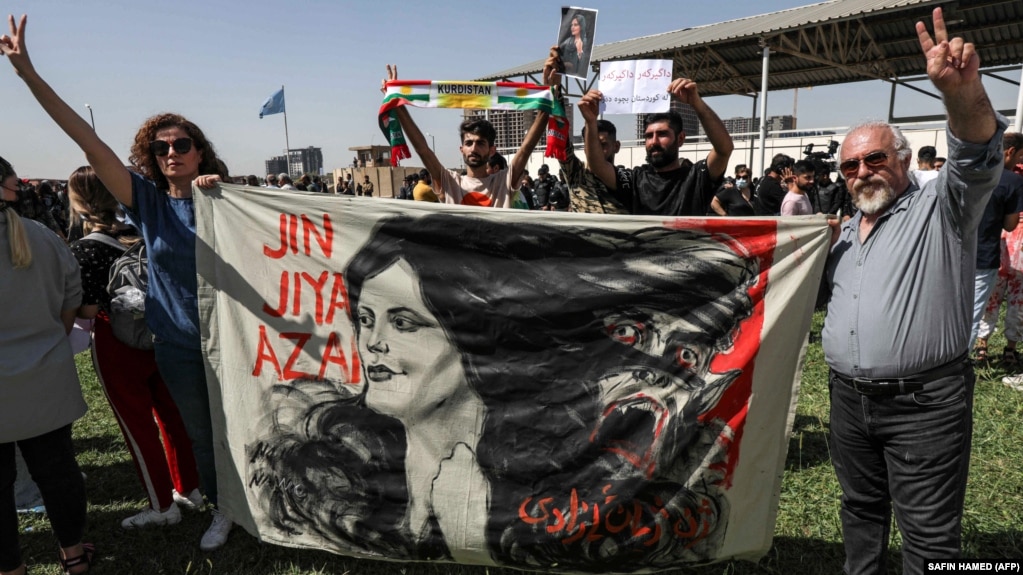
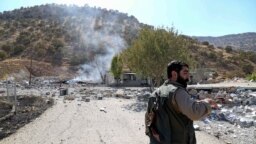

 One of the two purpose-built dorms, at Tukang Innovation Lane in Jurong. It is slated to begin operating in 2025.
One of the two purpose-built dorms, at Tukang Innovation Lane in Jurong. It is slated to begin operating in 2025. 